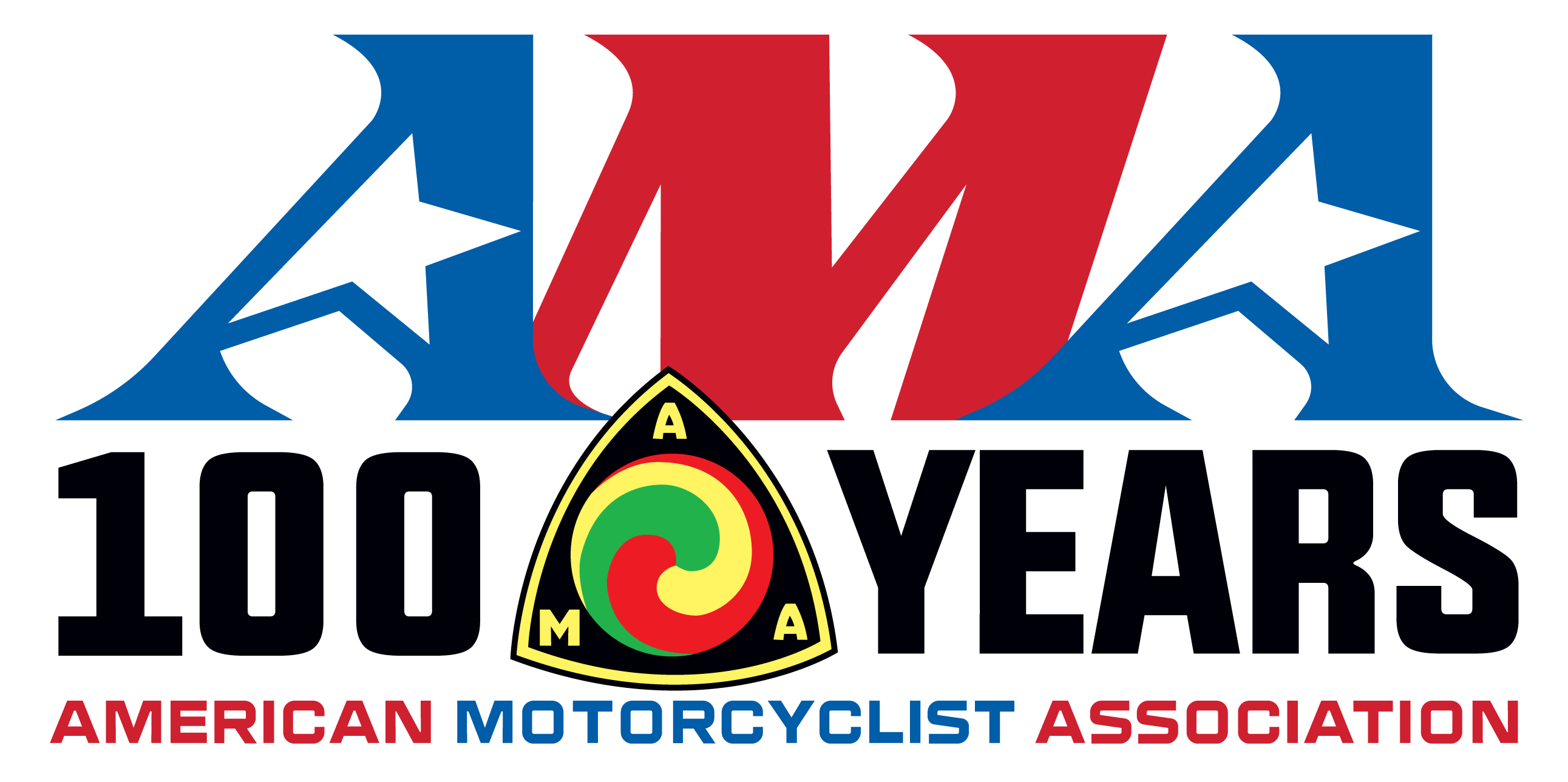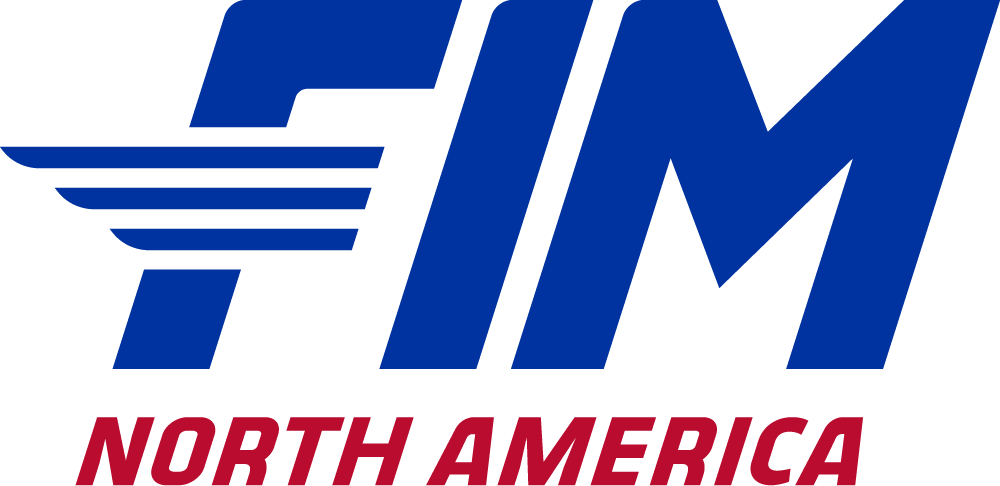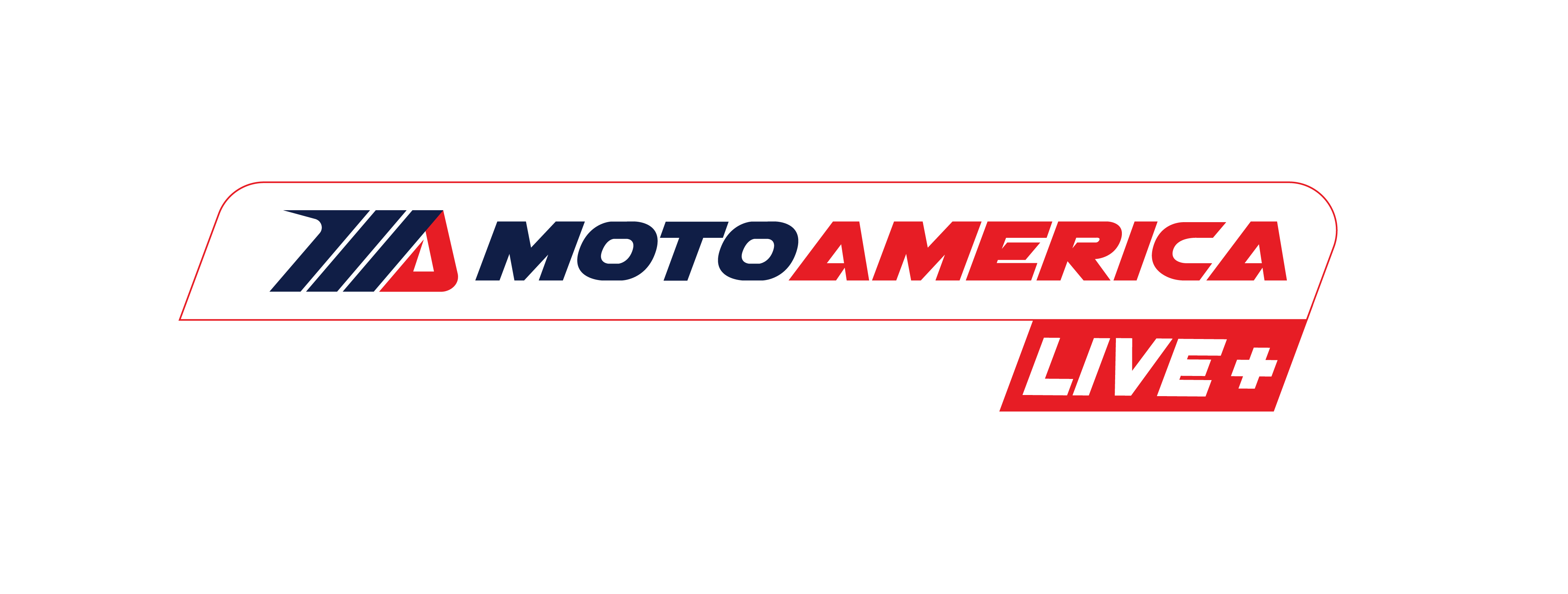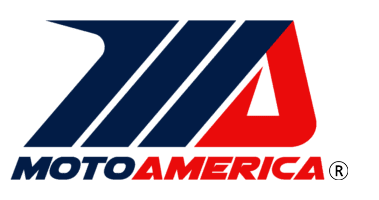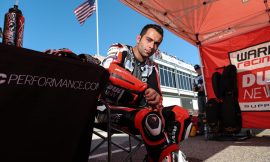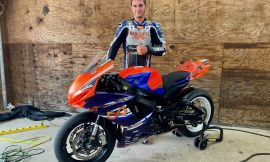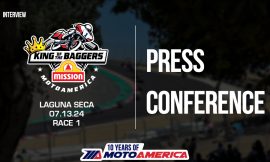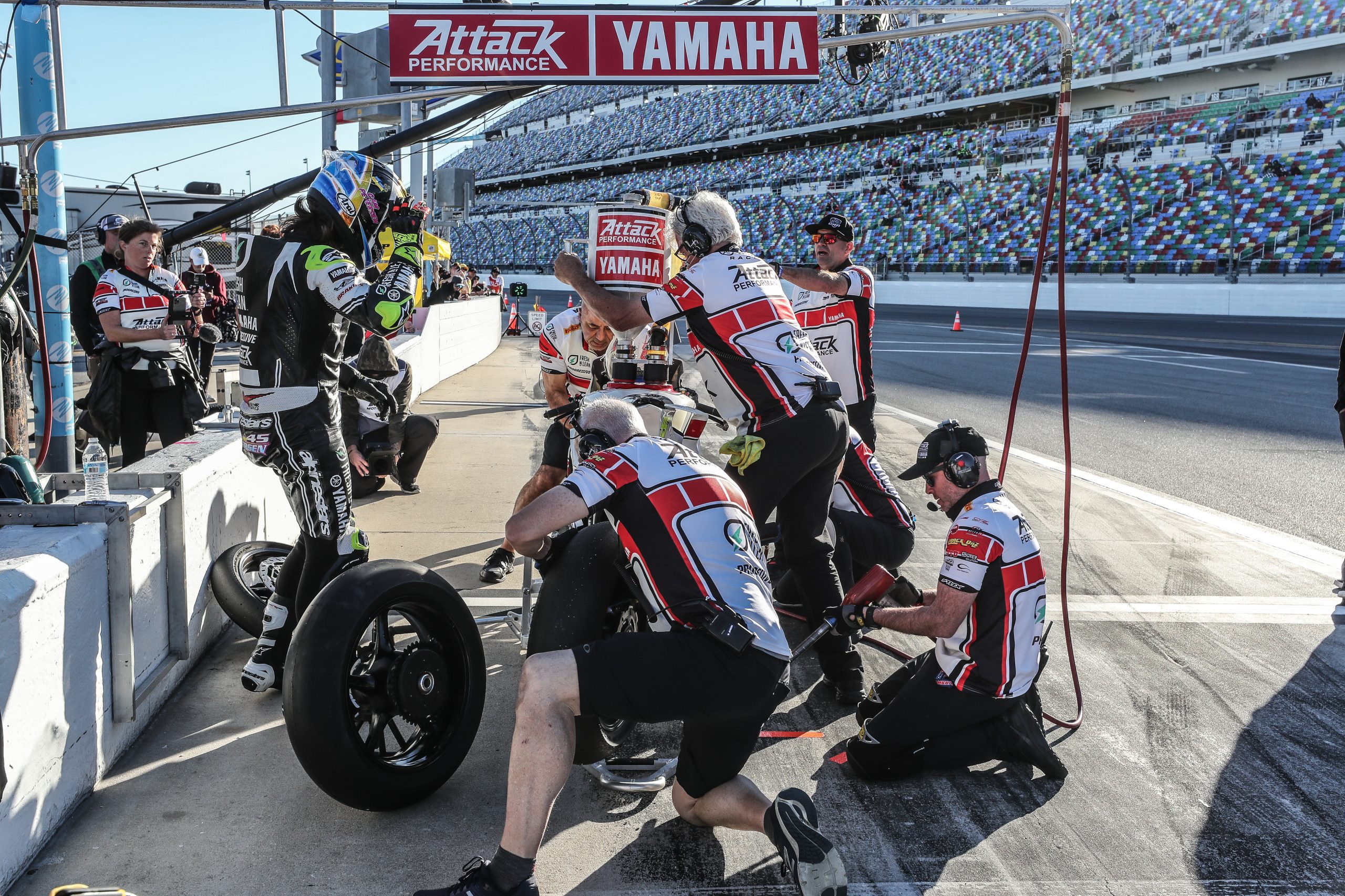
Endurance racing has been part of the storied history of AMA-sanctioned road racing since pretty much the beginning of the American Motorcyclist Association. In fact, the AMA was barely a teenager–just 13 years old–when the Daytona 200 began on the Daytona Beach Road Course, a 3.2-mile circuit that incorporated a little less than two miles of the asphalt-paved Florida State Road A1A going south and a little less than two miles of the sandy beach surface going north to create a 200-mile endurance race. Then, in 1961, AMA officials agreed to move the annual race to the recently built Daytona International Speedway, which is, of course, where MotoAmerica held its first Daytona 200 just last year.
Beyond Daytona, endurance racing has existed in AMA-sanctioned road racing in the form of GTU Endurance, GTO Endurance, Middleweight Team Challenge, Unlimited Team Challenge, SuperTeams, and Moto-ST. Yet, each and every one of those race classes came and went long before MotoAmerica took the reins of AMA-sanctioned motorcycle road racing.
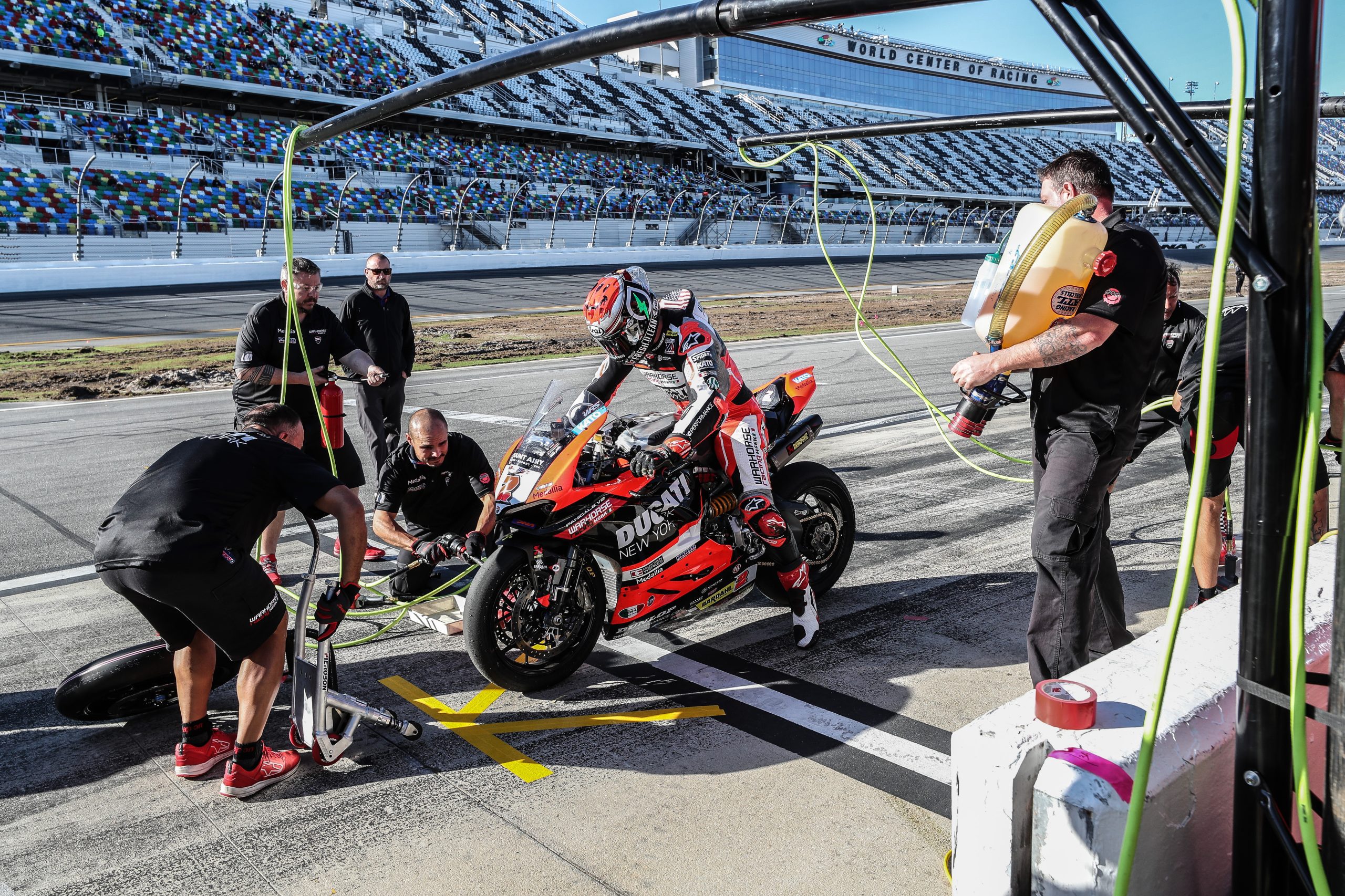
“Endurance racing is popular with many of our riders,” commented MotoAmerica COO Chuck Aksland. “But they’ve had to enter’events sanctioned by other racing organizations in order to compete in that form of racing. It’s been an underserved form of racing within MotoAmerica. So, after the success we had with last year’s Daytona 200, we decided to include two ‘extended races’ in our Supersport Championship. Technically, they are not true endurance races due to their length, but they will include some endurance-style features.”
Those two races–as announced in early November of last year when the 2023 MotoAmerica Calendar was released–will take place on May 19 through 21 at Barber Motorsports Park and on July 7 through 9 at WeatherTech Raceway Laguna Seca as part of the MotoAmerica Superbike Speedfest at Monterey.
Referred to as “Supersport Extended Races” in the recently updated 2023 Daytona 200 and Supersport Extended Race Supplemental Regulations, the total distance and number of laps for each of the two races is yet to be determined, but the length of each race will require one pit stop. According to the rules, “this pit stop must meet the minimum intervention time, which will be published for each event. In the event that the intervention time is not complied with, there will be a three (3) second penalty added to the published intervention time.”
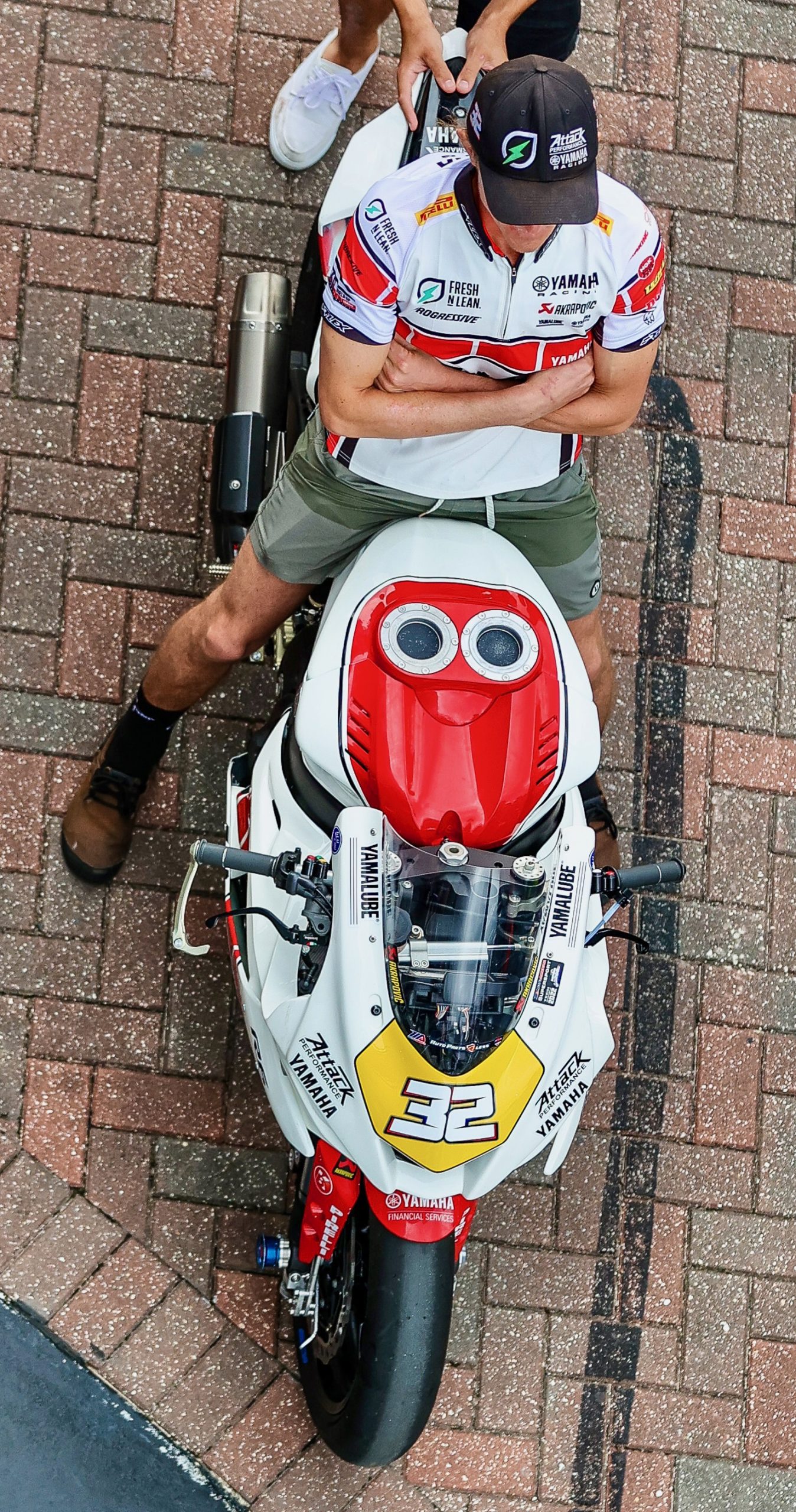
According to MotoAmerica Director of Operations Niccole Cox, the interval time will be of sufficient length to enable each team, at the very least, to change the rear tire and refuel the motorcycle. She said that a tire change and refueling are not required, but the pit stop and intervention time are required, so teams can choose their own strategy (i.e., just the rear tire and no refueling, just refueling and no rear tire, changing the front tire in addition to the rear tire, any combination of tire changes and refueling, or not changing any tires or adding any fuel. Again, the only requirements are to make a pit stop and stay in the pit box for the full duration of the intervention time.
One other notable wrinkle in the pit stops for the Supersport Extended Races is the maximum number of people allowed “over the wall” once the rider enters pit lane. Whereas the rules for the Daytona 200 allow a maximum of six people, the Supersport Extended Races will only allow a maximum of four people. And, exactly like the Daytona 200, one person must be dedicated only to holding a fire extinguisher at the ready while refueling. The person with the fire extinguisher may be the rider, but the rider must not be doing any other tasks, and they will be included in the maximum number of persons allowed over the wall.
With the two Supersport Extended Races in the 2023 Supersport Championship, there is a thought that perhaps those Supersport riders and teams that didn’t participate in last year’s Daytona 200 may want to enter the 200 this year in order to gain some “pit-stop experience” since they’ll be required to do pit stops at Barber and Laguna Seca. When Aksland was asked about that, he said, “I hadn’t initially thought of that, but yes, getting the Daytona 200 and its pit stops under your belt prior to the Supersport Extended Races at Barber and Laguna Seca would probably be a wise decision.”
So, all you MotoAmerica Supersport riders and teams, are you ready to go the distance?
For the full 2023 MotoAmerica schedule and to purchase tickets for MotoAmerica events, click HERE
For information on how to watch the MotoAmerica series, click HERE
